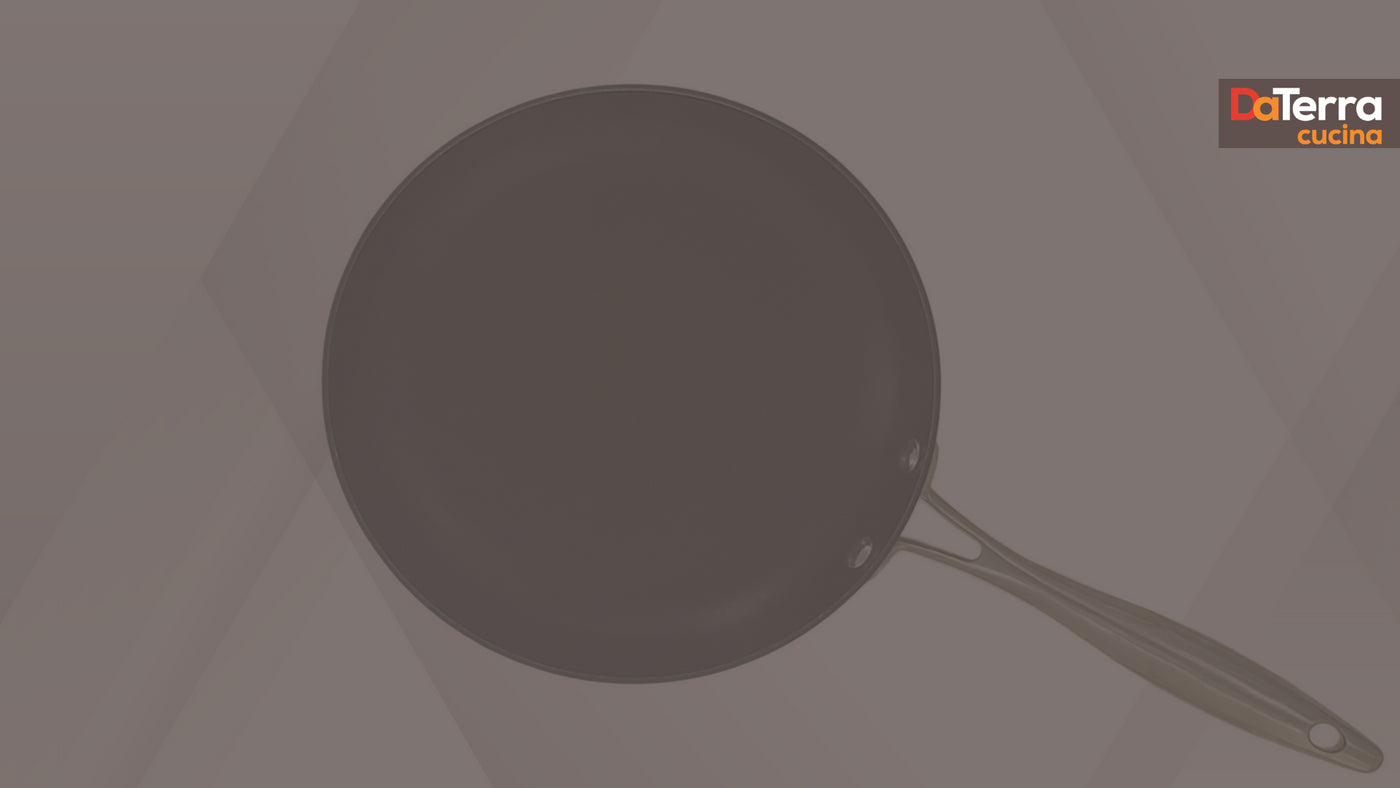Your Cart is Empty
🛍️ FREE SHIPPING ON ORDERS $100+ · 🇺🇸WE ARE CURRENTLY ONLY FULFILLING CONTINENTAL U.S. PURCHASES.
🛍️ FREE SHIPPING ON ORDERS $100+ · 🇺🇸WE ARE CURRENTLY ONLY FULFILLING CONTINENTAL U.S. PURCHASES.

But research over decades has shown that the chemicals used to make Teflon, particularly perfluorooctanoic acid (PFOA), raise serious health and environmental concerns.
For decades, PFOA was a key ingredient in the production of Teflon. It belongs to a group of chemicals often called “forever chemicals” because they don’t break down in the body or the environment (EWG).
Scientific studies and investigations—including those highlighted in The Devil We Know documentary—have linked PFOA exposure to:
Even though PFOA was phased out of U.S. production in 2015, research shows most Americans still have traces of it in their bloodstreams (EWG).
Overheating Risks in Everyday Cooking
PTFE itself (the coating in Teflon pans) can become unstable at high heat. When cookware coated with Teflon is overheated beyond about 500°F (260°C), the surface can break down and release toxic fumes (The Kitchn).
These fumes can cause “polymer fume fever” in humans—a temporary, flu-like illness. They are also fatal to pet birds, which are highly sensitive to airborne toxins.
The story of Teflon isn’t just about nonstick pans—it’s about transparency, safety, and making informed choices in the kitchen. As consumers, knowing the risks empowers us to choose alternatives that won’t compromise health.
At DaTerra Cucina, we believe cookware should support your well-being. That means creating pans without harmful coatings, so you can cook with confidence, flavor, and peace of mind.
If you want to learn more about the history and risks of Teflon, here are recommended resources: